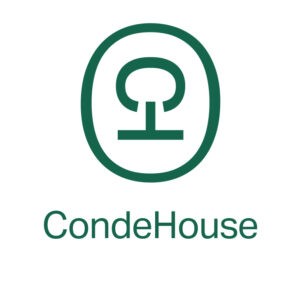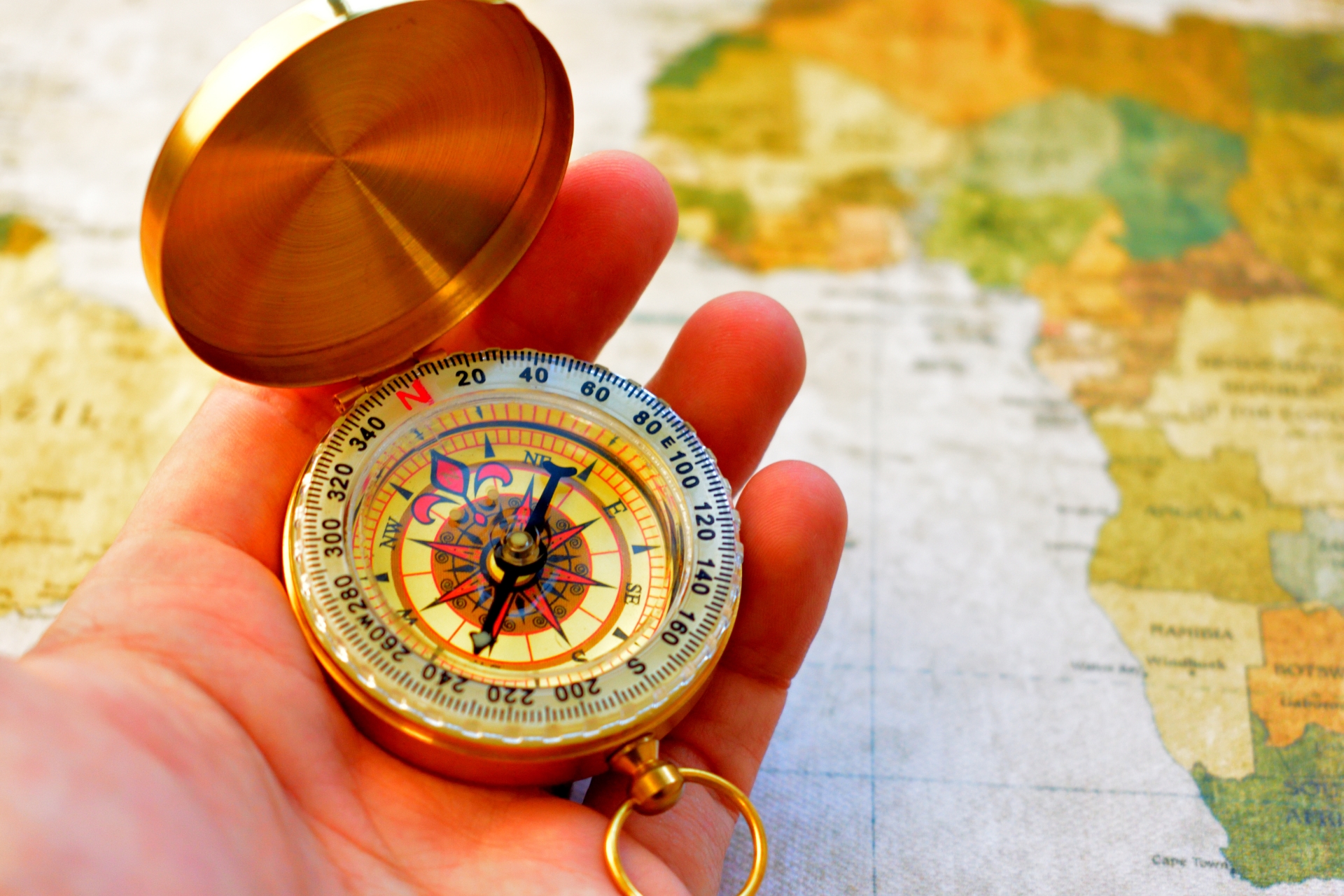35,000 decisions and the myth of the unicorn
How many decisions did you make today? From picking your socks to deciding to read this sentence, it is said we make about 35,000 choices every day. Do you honestly believe you made them logically?
Of course not. Science tells us that 65% of our daily decisions are driven by messy emotions and subconscious biases. Even worse, neuroscientist John-Dylan Haynes suggests our brains decide our actions seven seconds before we are even aware of them.
In classical economics, humans were defined as “Homo Economicus”—rational beings who always act for maximum profit. We now know that the “Economic Man” was an imaginary creature, as rare and unreal as a unicorn. Marketers were fighting a losing battle until a new hero arrived: Behavioral Economics.
The magic words: “It’s a complex system”
Don’t worry, I won’t get too academic. My goal, as always, is to provide you with just enough trivia to make you look impressively smart at your next dinner party.
When Behavioral Economics rose to fame, it pushed aside another buzzword: “Complex Systems.” I never fully understood the technical details, but I loved the phrase. It was a social life-saver. Whenever I faced a problem far beyond my comprehension, I would put on a solemn, grave expression and mutter, “Ah, I see. This is clearly a matter of a Complex System.” People would nod in silent, respectful confusion.
But there is one specific lesson from “Complex Systems” that stayed with me: The Dance of the Honeybees.
The beauty of being irrational
Honeybees communicate the location of flowers through a “waggle dance.” It is a precise, biological GPS. However, researchers noticed something strange: a certain percentage of bees completely ignore the dance and fly off in random, “irrational” directions.
From a purely logical perspective, these rebellious bees are wasting energy. But in a “Complex System,” they are the key to survival. By ignoring the crowd, they maintain the swarm’s diversity. If the main flower patch dries up, it’s these “irrational” wanderers who discover the next source of life. Diversity is a hedge against the unknown.
While sociologists and economists praise the value of these “rebellious bees,” I suspect the bees themselves have no idea they are being so heroic. I only hope they aren’t being bullied by the “rational” majority for refusing to join the dance. To be honest, I am one of those rebellious bees myself—spending my time writing these articles that may or may not ever lead to a single sale. Unsurprisingly, the conservatives within my company don’t exactly view my “wandering” with fond eyes. So, for the sake of global sustainability and the protection of this lonely bee, I beg of you: please praise and share this blog!
The designer’s final bow
I thought about my own “rebellious” nature recently when a member of our design team came to me with a dilemma.
We were reviewing a proposal from an elderly designer who has worked with us for decades. This was to be the final project of his long, distinguished career. The dilemma was simple: Logic vs. Emotion. Pure market data suggested the design might be a risk. But the heart—the decades of shared history and the “pathos” of a final bow—pushed for a “Yes.”
As I listened, I saw the honeybee dance. Rationally, we should follow the data. But what if this “irrational” decision is exactly what keeps our company’s “complex system” alive? What if the soul of a veteran designer is the random flight that discovers the next big thing?
I sat there, pondering the mystery of the universe, and before I could offer any “smart” advice, the team member got tired of waiting for my answer and walked out. I suppose my inability to solve the problem is exactly why the phrase “Complex Systems” lost its popularity.
So, let me ask you: Which world do you prefer? A perfectly rational, logical, and fair world? Or one that is a little troublesome, a little inefficient, but profoundly human? Personally, I’ll take the bees.
The most meaningful things in life aren’t found through a spreadsheet; they are found when we listen to our intuition. Why not choose a piece of furniture that wasn’t designed by a computer, but by a human heart that refused to follow the crowd? (Supporting this “rebellious bee” might just be the most rational decision you make today.)


Shungo Ijima
Global Connector | Reformed Bureaucrat | Professional Over-Thinker
After years of navigating the rigid hallways of Japan’s Ministry of Finance and surviving an MBA, he made a life-changing realization: spreadsheets are soulless, and wood has much better stories to tell.
Currently an Executive at CondeHouse, he travels the world decoding the “hidden DNA” of Japanese culture—though, in his travels, he’s becoming increasingly more skilled at decoding how to find the cheapest hotels than actual cultural mysteries.
He has a peculiar talent for finding deep philosophical meaning in things most people ignore as meaningless (and to be fair, they are often actually meaningless). He doesn’t just sell furniture; he’s on a mission to explain Japan to the world, one intellectually over-analyzed observation at a time. He writes for the curious, the skeptical, and anyone who suspects that a chair might actually be a manifesto in disguise.
Follow his journey as he bridges the gap between high-finance logic and the chaotic art of living!

